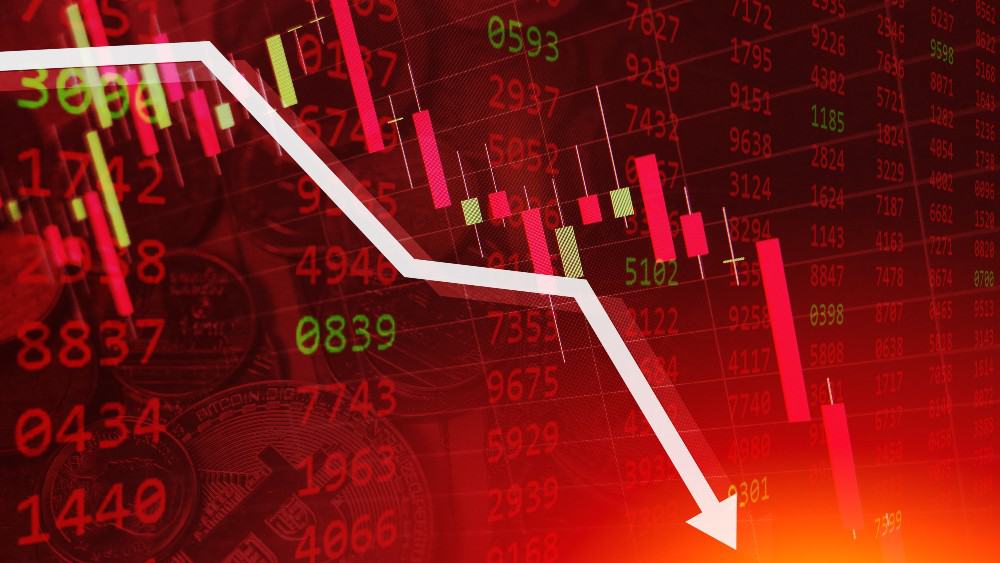The pandemic doesn’t seem as big a threat to humanity as it did a few weeks ago. That’s how much a difference a viable vaccine can make. But the pandemic is far from under control, and if few more events like the mink catching the COVID in Europe (which could potentially lead to a mutation) take place, the pandemic might become an even bigger problem.
Let’s be optimistic from a health point of view and hope it doesn’t happen. But what the pandemic did to the economy will have far more devastating and far-reaching effects. It might be a few years before economies fully recover.
Right now, the indications of another market crash are approaching, and even if there is a possibility that the market doesn’t crash again, the pragmatic thing to do would be to prepare your portfolio accordingly.
Sell some recovery stocks
Some recovery stocks might not be worth having in your investment portfolio for the long term. They might not offer as good a yield or aren’t consistent growers. Selling them now, when they’ve peaked their recovery and hopefully doubled your money, would free up capital you can divert to better securities. Take Toronto-based Tricon Capital Group (TSX:TCN), for example.
If you bought the company when it hit rock bottom, it would have grown your capital by 100% already. But if you consider its last five-year history, it doesn’t seem like a very profitable growth stock. The five-year gains are barely above 25%, and the current yield isn’t very attractive. But if you locked in a juicy yield when you bought it at a rock-bottom price, it might be worth keeping.
Identify good recovery stock
Certainly, 100% gains are good, but you might do better with a better recovery stock like Ballard Power Systems (TSX:BLDP)(NASDAQ:BLDP). From its lowest point in March to its highest point in July, the stock grew well over 150%. And it took far less time reaching there than Tricon. But an even better argument for this stock would be its long-term growth.
In the past five years, it returned over 1,200% to its investors. If we look back further, its 10-year compound annual growth rate (CAGR) is 31.34%. If history repeats itself, this $4 billion market-cap stock can expedite your portfolio’s growth significantly.
Right now, it’s quite overpriced. The price to earnings is at 28.7, and the price to books is 9.9 times. The balance sheet is solid. This is the stock you might want to keep long-term as well.
Foolish takeaway
Recovery stocks are an excellent way to make money fast and improve your cash position. A market crash offers unique opportunities to capitalize on the recovery of different stocks. But another right way to prepare for a market crash is to identify your best long-term holdings.
If it’s a dividend stock, you might be able to lock in a generous yield. If you want to buy a growth stock that’s usually too expensive, a market crash can be a once-in-a-decade kind of opportunity to buy it near or below fair valuation.
 Spring Sale
Spring Sale








